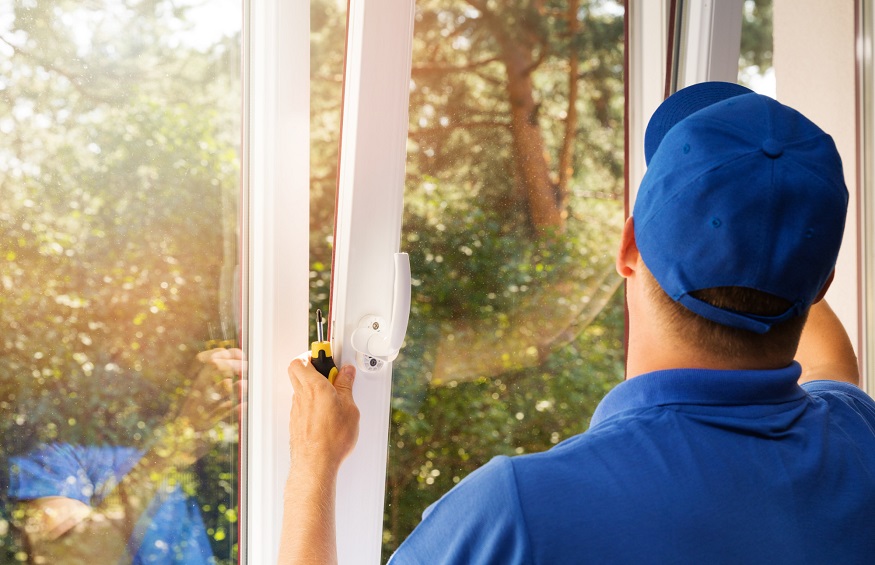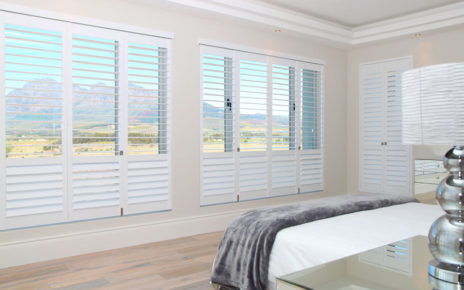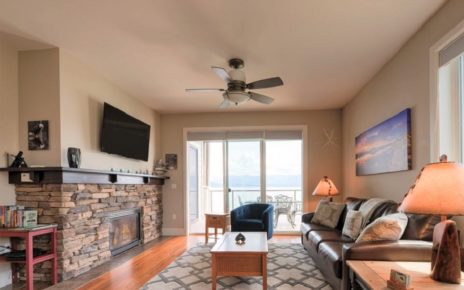In a typical building, 25% to 30% of heat losses and gains occur through windows. This means your windows can be a huge contributor to your high heating/cooling energy bills.
Defective windows can also be a safety risk, such as during inclement weather. Winds can be strong enough to make them rattle to the point of breaking.
So, if you have malfunctioning windows, now’s a good time to shop for new ones. However, it’s best you first learn more about new construction and replacement windows.
To that end, we created this guide on new construction vs. replacement window options. Read on to discover what exactly they are, how they differ, and when to go for which.
New Construction vs. Replacement Window: The Technical Difference
New construction and replacement windows are both brand new. The “new” in new construction windows pertain to the building itself. That’s because you need to affix new construction windows onto unfinished walls.
On the other hand, replacement windows only replace windows in existing frames. Meaning, you don’t have to knock down a wall only to install replacement windows. They should slide right into and fasten onto an existing window frame.
This makes installation location a key difference between new construction and replacement windows. When to go for which usually boils down on where exactly you’ll install them.
You usually use new construction windows for buildings that are still under construction. You use replacement windows for buildings that already have built-in frames.
A Closer Look at New Construction Window Installation
New construction windows have a component called “nailing fin.” It’s a thin piece of metal found on the outermost edges of the window frame. All four sides of new construction window frames have nailing fins.
Each nailing fin comes with fastener holes evenly-spaced out through the metal sheet. Fasteners, such as screws or bolts, then go into each of these holes. For this reason, the nailing fin must be set on top of the wall sheathing, where the fasteners then get driven into.
The wall sheathing, in turn, is a framing material installed within the confines of a wall. They provide a surface onto which you can directly “nail” the nailing fin. As the sheathing must be inside the wall, you can only secure a window frame onto a “half-finished” wall.
Once the new construction window is in place, you can then complete the wall construction. The secured nailing fins should give the windows more structural stability. If installed properly, they should last long enough to secure “future” replacement windows.
What About Replacement Window Installation?
Replacement windows don’t come with nailing fins; they’re mostly smooth on all sides. Instead, you caulk their external sides onto the surfaces of existing window frames. They usually have pre-made screw holes from the inside of the sash, too, where you can drive screws into.
Replacement windows come in various sizes that let them fit into existing frames. You’ll notice that they’re smaller than full-frame or new construction windows, though. Again, that’s because they only replace existing sashes and not the frame (or the nailing fin).
Cost of Replacement Windows vs. New Construction Windows
It depends on who you ask, but some say that good quality replacement windows can cost about $900 apiece. You’ll find lower-cost options, especially for basic or non-specialty windows. If you can DIY the installation, then good for you, as it costs another $150 per window, give or take, for a pro to set it up for you.
New construction windows may sometimes cost less per unit. However, their installation requirements make them more expensive than replacement ones. Keep in mind that these windows are usually for new constructions with building codes, so DIY won’t cut it.
For this reason, buying replacement windows are the best option for existing windows. After all, they’re specifically for homes and buildings that are already built. They eliminate the need for further construction work (such as those for nailing fins).
In this way, replacement windows often cost less than installing new construction windows.
When You Need New Construction Windows for Existing Homes
If you’re going to add rooms or build a home extension, you’d need new construction windows. Replacement windows won’t do as you don’t have frames yet to slide them into.
New construction windows may also be better in case you have decaying window frames. These issues are common in older homes and many of the 50% of homes with moisture problems. You’d want new window frames as severely rotting frames are at risk of collapsing.
You may also need to tear out and replace termite-damaged window frames. As with rotting frames, these frames may no longer be intact from within. It may not take long for these hollowed-out frames to give way.
A Friendly Reminder Before You Make Any Window Upgrade
Old-house high-grade wood windows can last for a century, with some even having a lifespan of up to 250 years! They have such impressive longevity as they use clean wood and glass. When rebuilt, they can last for another century or two.
So, even if you live in an old home, be sure to have your windows valued first. They may turn out to be these high-grade beauties that are now a rarity. In this case, consider having them rebuilt rather than replaced.
Replace Your Windows Before They Completely Fail and Fall
There you have it, the only guide you need on new construction vs. replacement window options. Just remember that new construction windows are for homes still under construction. On the other hand, you’d want to go with replacement windows if you’re only upgrading old or faulty windows.
Looking for more home improvement or repair guides like this? Then please feel free to stick around and browse our other home-related categories!




